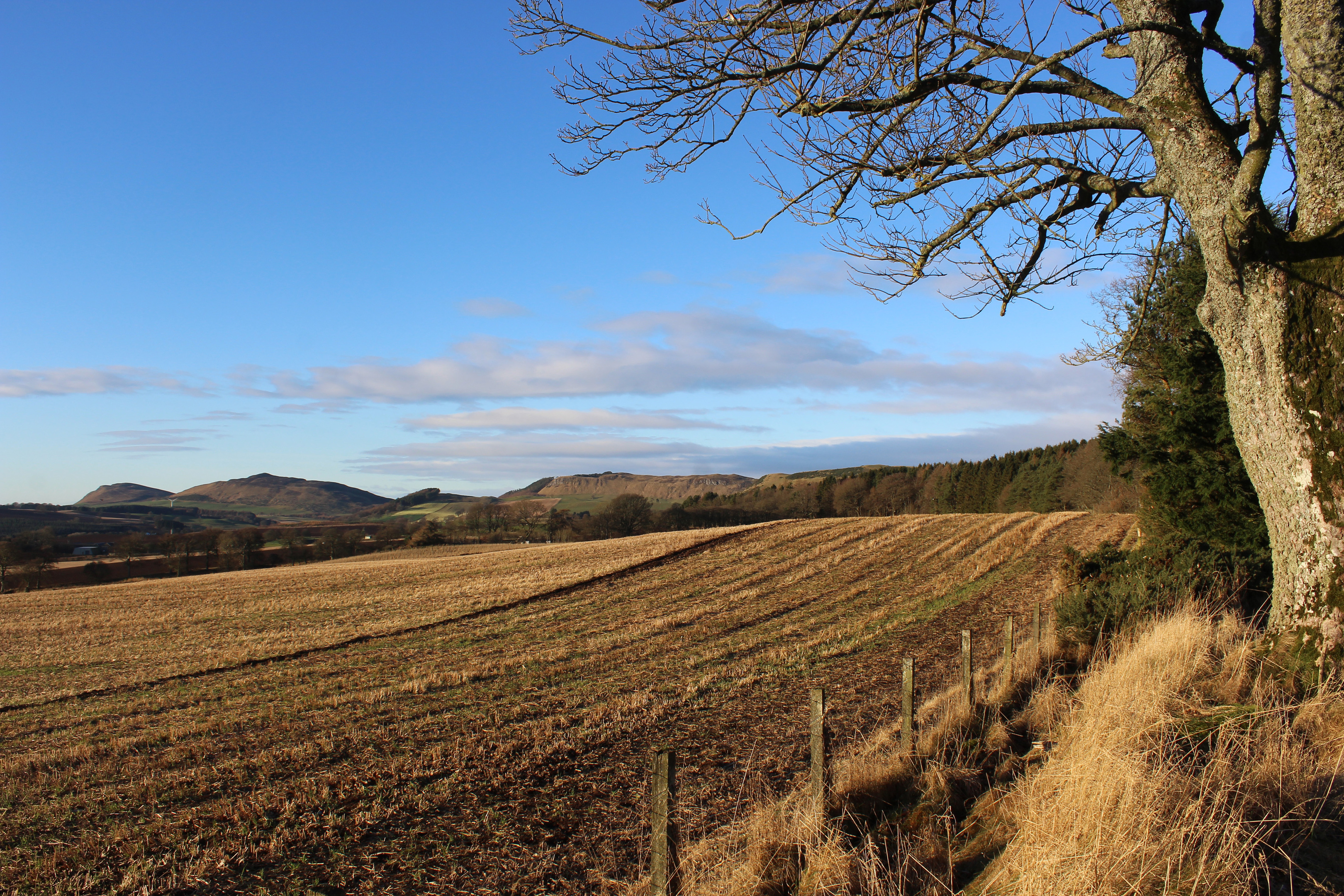Radical post-Brexit farm policy proposals under consideration by the farmers’ union include placing a cap on individual farm support payments and introducing production measures which would flout World Trade Organisation rules.
NFU Scotland (NFUS) leaders revealed some of their current thinking to an audience of 75 farmers in Perth at the first of the Brexit roadshow events to tour the country over the next two weeks.
Union policy director Jonnie Hall told producers that in the absence of concrete policy ideas from either the Westminster or Holyrood governments it was up to farmers to fill the vacuum, and called on members for their input. He revealed that at the heart of the union’s thinking is the notion that action-based support should replace area-based support in any new farm policy.
“It’s time to make the transition, to move away from what we’ve traditionally thought of as direct support and move it into more action-based support, so it’s not just about eligible hectares,” he said.
Referring to the hot political potato of capping direct support payments, Mr Hall suggested the union’s view on the issue had changed.
He said: “As a union we’ve long maintained there shouldn’t be a capping at all. The reality is we may have to think long and hard about that position.”
Union president Andrew McCornick agreed a cap now had to be considered.
“If you look at the way the loan scheme is being paid – there’s a cap on that, so Government is definitely thinking about it. Europe will be thinking about it too, so we need to get into the detail and look at how it could be done,” he said.
Members were asked for their views on a range of production and environmental measures being considered by the union as possible policy proposals.
The productivity measures include support for business plans and benchmarking; funding for labour and skills development; capital investment in equipment such as handling facilities and precision farming tools; support for enhanced animal and plant health plans; money for soil health improvements; and support for farm diversification.
Environmental measures range from funding for carbon sequestration; the use of biopesticides and biofungicides; bee-friendly cropping; funding for watercourse management; moving to low till grassland rotation; investment in biobeds and biofilters to reduce pesticide levels; funding for on-going biodiversity monitoring; and greater incentives for maintaining and protecting designated sites.
In response to a suggestion from the audience that some of these measures would be incompatible with WTO rules, Mr Hall agreed but said Scotland wasn’t a major player on the commodity markets
He added: “The WTO is unlikely to investigate Scotland because we’re unlikely to have significant influence on world markets.”










